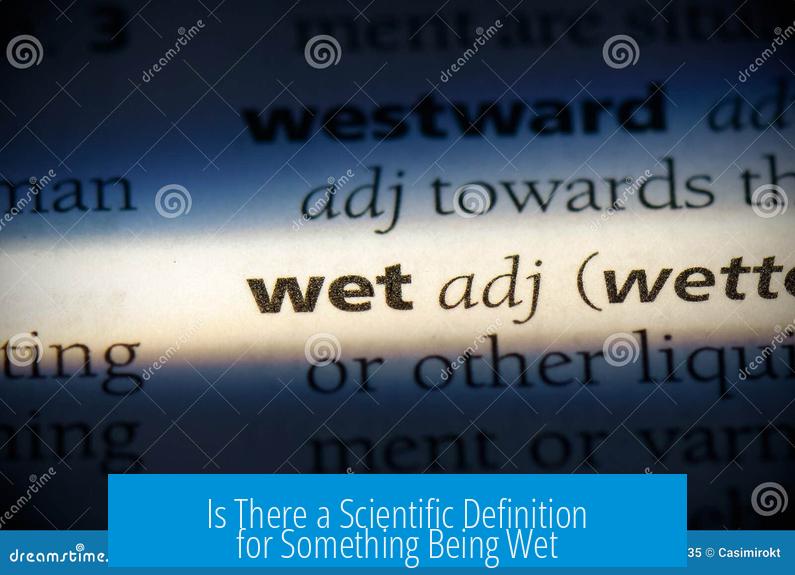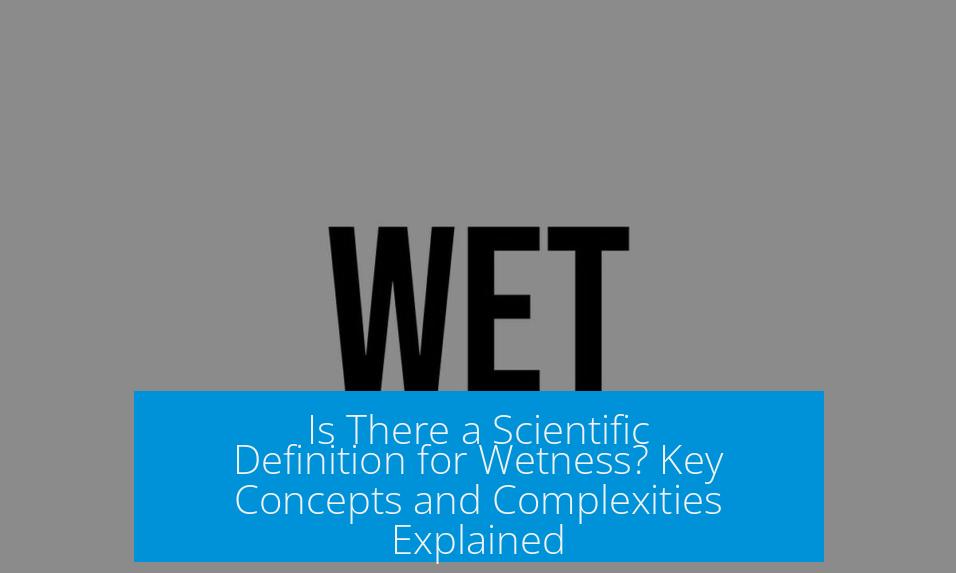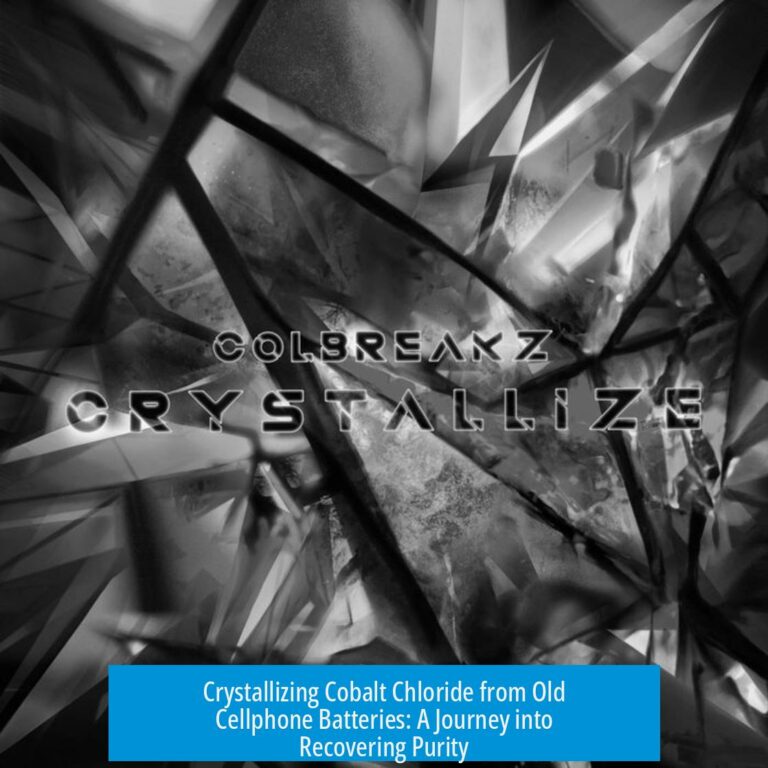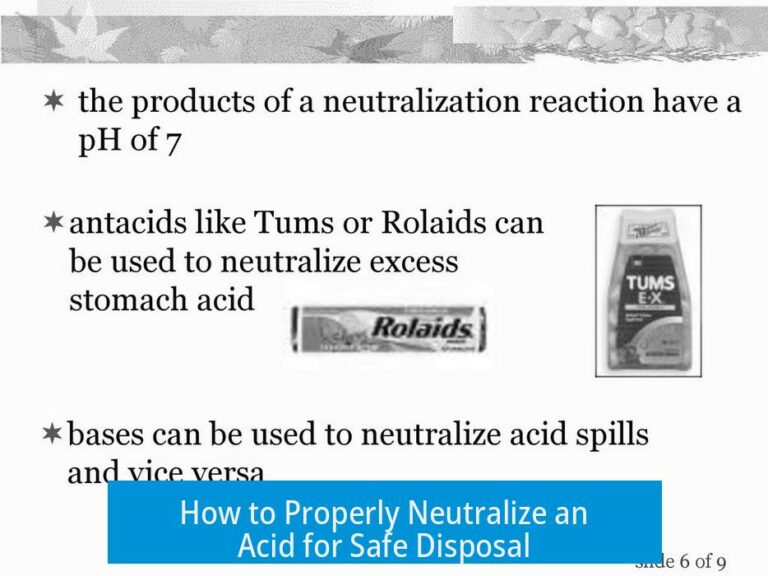Is There a Scientific Definition for Something Being Wet?

Yes, scientifically, being “wet” means that a surface is either covered or saturated with a liquid, typically involving adhesion of that liquid to the solid surface. Wetness primarily describes the interaction between a liquid and a solid where the liquid coats or penetrates the material.
Fundamental Definition of Wetness
Wetness occurs when a liquid adheres to or saturates a solid. This means the solid surface is covered or soaked with a liquid, commonly water but not limited to it. For example, a shirt soaked with water is wet because water saturates the fabric fibers.
Wetting: Saturation Versus Adhesion

Wetness can arise from two different phenomena:
- Saturation: The material absorbs or contains the liquid, like a sponge soaking mercury. The sponge is wet despite mercury’s poor adhesion.
- Adhesion: The liquid sticks to the surface without fully penetrating it, such as water forming a film on glass.
These nuances highlight that wetness depends on how a liquid interacts with a surface, not just on liquid presence.
Complexity in Defining Wetness
Wetting is complex and context-dependent. In engineering and laboratory settings, “wet” may specifically mean the presence of liquid-phase water. Generally, wetting describes how liquids overcome surface tension to stick to materials.
Wetting vs. Nonwetting Fluids
Not all liquids wet surfaces the same way. Some fluids, like mercury, do not adhere well and are classified as nonwetting. Conversely, ethyl alcohol wets surfaces but might not feel wet due to its quick evaporation and thermal properties. Wetting behavior varies with the liquid and the surface involved.
Fluids and Wetness
The term “wet” does not apply to gases even though both liquids and gases are fluids. Being wet strictly implies contact with a liquid phase. A gas-covered object is not wet since gases lack the adhesive and saturative properties liquids have.
Wetness and Different Materials
Wetness applies only where liquids contact solids. A liquid metal like molten metal can wet a surface if it does not destroy it, as molten metal remains a liquid phase. Wetness thus can extend beyond water to other liquid materials under specific conditions.
Key Takeaways
- Wetness means a solid surface is covered or saturated with a liquid.
- Wetting depends on adhesion and/or saturation of the liquid onto the solid.
- Some liquids wet surfaces differently; mercury is nonwetting, water and alcohol are wetting fluids.
- Wetness applies only to liquids, not gases, despite both being fluids.
- Liquids other than water, including molten metals, can make materials wet if they remain liquid and do not destroy the solid.
What is the scientific definition of wetness?
Wetness means a liquid adheres to or saturates a solid surface. It describes how much a surface is covered or soaked with water or another liquid.
Can a surface be wet without liquid sticking to it?
Yes. For example, a sponge soaked with mercury is wet even if mercury doesn’t stick to it well. Wetness includes saturation and adhesion.
Are all liquids wetting liquids?
No. Some liquids, like mercury, do not stick well to surfaces and are called nonwetting. Others, like ethyl alcohol, can wet surfaces but may not feel wet.
Does the term ‘wet’ apply to gases as well as liquids?
No. Wetness applies only to surfaces covered by liquids. Since gases are fluids but don’t form a liquid layer, they don’t cause wetness.
Can molten metal make an object wet?
Yes. Molten metal is a liquid phase of metal. If it covers an object without destroying it, the object can be considered wet by the molten metal.





Leave a Comment